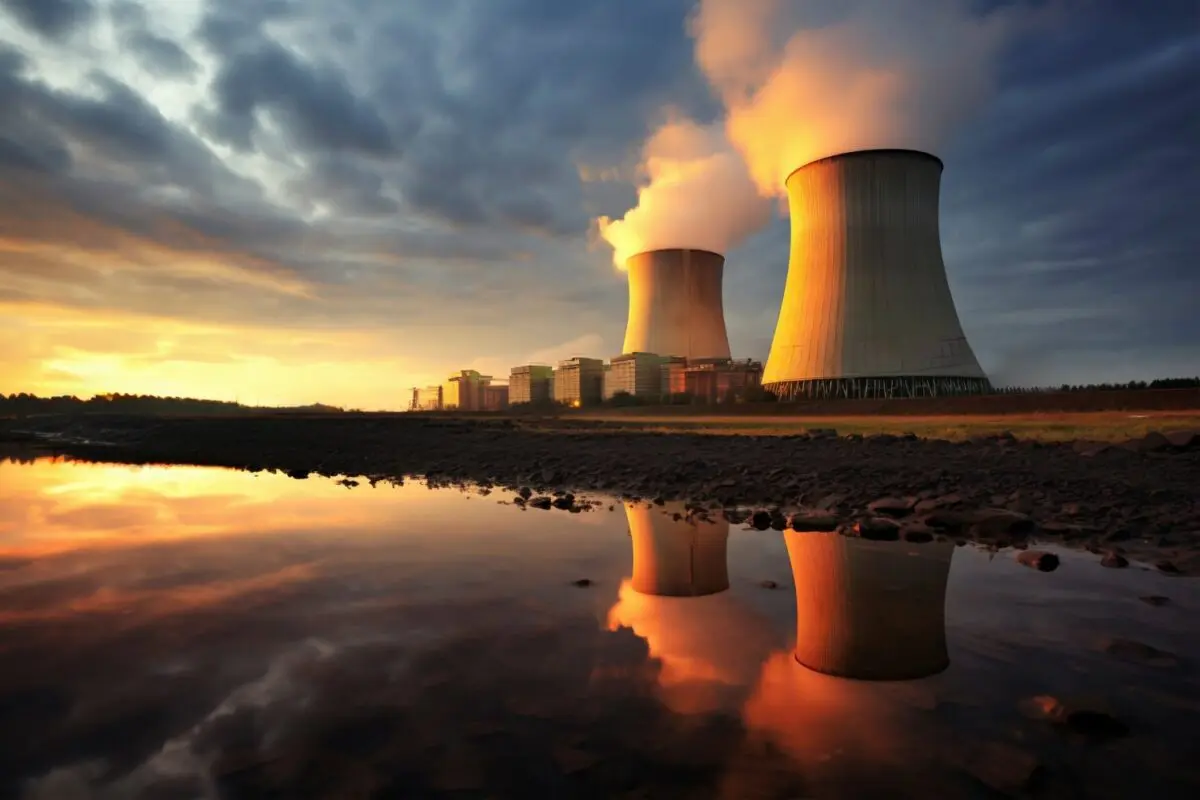Nuclear power plants operate on the principle of nuclear fission, where atomic nuclei are split to release energy. This process is vastly different from traditional power plants that rely on combustion. The core component of a nuclear reactor is its fuel, typically uranium, which is an incredibly energy-rich material.

Uranium: The Powerhouse of Nuclear Reactors
Uranium’s potency as a fuel is evident when considering that a mere 235 grams of it can produce as much energy as 805 kilograms of coal. To harness this energy, uranium is processed into small pellets and loaded into metal rods, which are then grouped into bundles.
The Nuclear Fission Chain Reaction
Within the reactor core, these uranium rod bundles are the heart of the operation. They initiate a chain reaction of nuclear fission, releasing a tremendous amount of heat. It’s this heat that is pivotal in the generation of electricity, not through fusion as previously mentioned, but through fission.
From Nuclear Heat to Electrical Power
The intense heat generated by the fission process is used to convert water into steam. This steam then drives turbines, which are connected to generators. As the turbines spin, they transform the thermal energy into mechanical energy, and subsequently, the generators convert it into electrical energy.
Handling Spent Nuclear Fuel
After several years of service, the uranium bundles become less effective at sustaining the chain reaction and are retired from use. Although they no longer produce electricity, these spent fuel rods remain thermally hot and radioactive. They are submerged in cooling pools to safely dissipate the residual heat and radioactivity over time.
Ensuring Safety in Nuclear Waste Management
The final stage of a spent fuel rod’s lifecycle involves careful management to mitigate any environmental impact. This includes a period of cooling, followed by storage or reprocessing strategies that are akin to the management of lightning in their precision and importance for safety.
Nuclear Power’s Role in Sustainable Energy
Nuclear power continues to be a vital component of the world’s energy portfolio, offering a low-cost and low-carbon alternative to fossil fuels. With advancements in technology and safety measures, nuclear reactors remain a key contributor to meeting global energy demands while addressing environmental concerns.
Leave a Reply